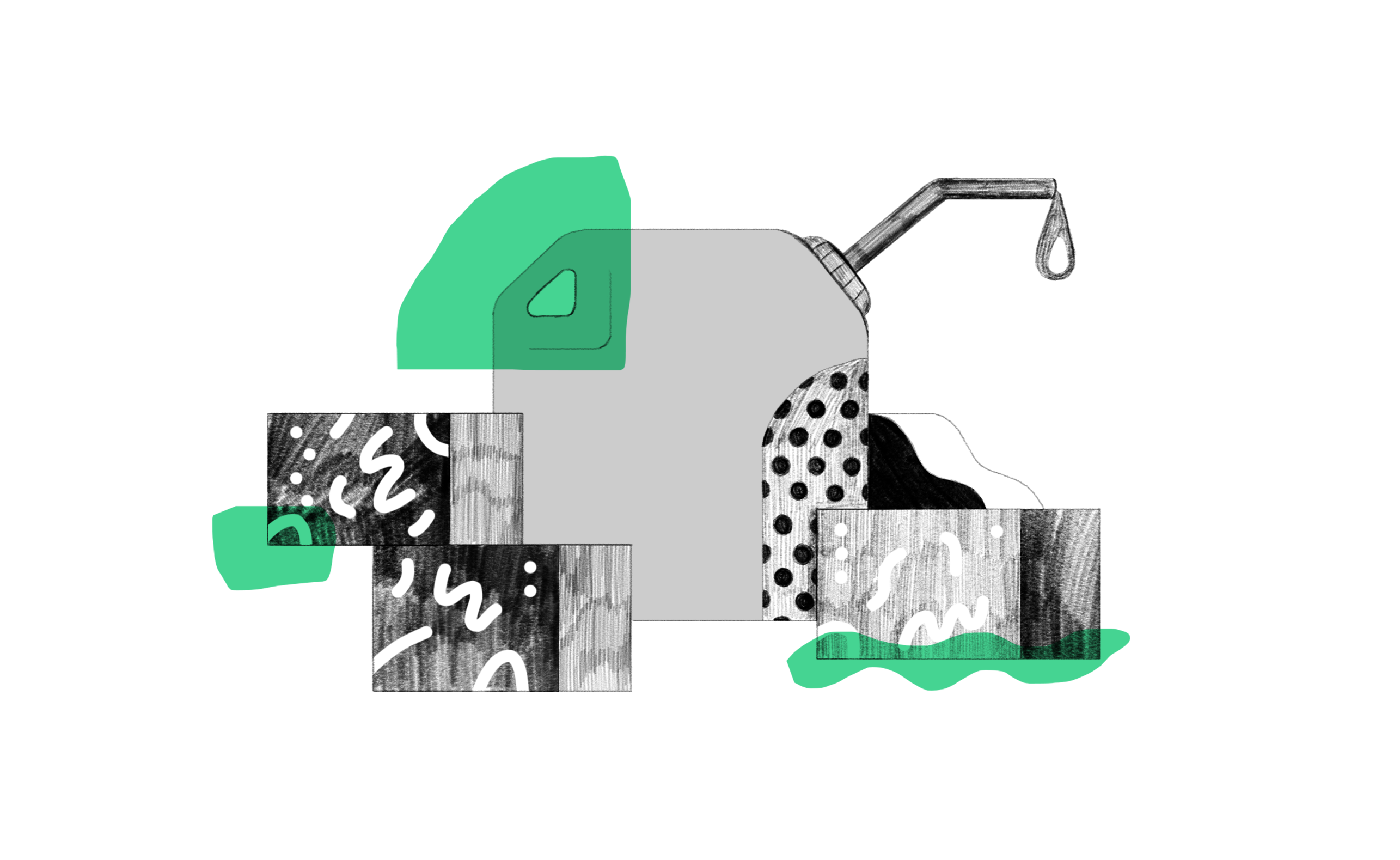
Weed isn’t the only fruitful part of the Cannabis Sativa plant. Hemp is a variety of the cannabis plant containing zero psychoactive properties. (That means that no, hemp products cannot get you high.) But because hemp is mistakenly confused to be the same thing as cannabis, a stigma exists with hemp-based products. Therefore, our generation is unaware of the benefits that industrial hemp offers. But the hemp revival is blossoming; the possibilities are endless.
Raw hemp produces four raw materials: seed, fiber, pulp, and oil. In variation, these can be used to make over 25,000 different products. You can basically use it to make anything. Industrial hemp once was a prominent crop on the American landscape. During colonial times, colonies produced hemp as a material for British consumption. (The Declaration of Independence was drafted on hemp paper.) After the Revolution, hemp fiber was so crucial to the young nation that farmers were allowed to pay taxes with their crop. Hemp production during the 19th and early 20th centuries quickly spread to Missouri, Illinois, and Kentucky farms. There were a few attempts at technological innovations which would mechanize the production of hemp but none of the machines were ever approved for a patent. In 1937, the Marijuana Tax Act was imposed, which placed strict regulations on the sale and cultivation of all cannabis variation, including hemp. However, it only did so by levying high taxes on individuals growing, producing, or selling hemp material. The American Medical Association was so high opposed to the legislation that they proposed in court that cannabis be added to the Harrison Narcotics Act, and won the case, thus rendering the entirety of the cannabis sativa plant, unaccessible.
In 2015, the U.S. imports approximately $78.2 million in hemp oil cake, which is made from pressing hemp seed into oil, and related products because hemp is easier to import than to get a permit from the FDA to grow. In recent years, the modern American hemp market has grown 20 percent from year to year, averaging about $688 million in consumer sales. Still, the benefits attached to using hemp as material call for a much larger market. Major companies, including Ford Motors and Patagonia, import industrial hemp materials and use them to make products. Hemp is an organic alternative material that, if mass produced, could eliminate and replace a multitude of artificially-rendered products. Here are some examples:
Manufacturing and Housing: Hemp products have long been a primary ingredient in creating strong and durable supplies such as rope, cordage, and cloth. During World War II, the United States government commissioned a black-and-white film that implored American farmers to grow hemp as a crop to supply the army with badly-needed supplies. Hemp can be used to make plastic that is more durable, sustainable, and organic than petroleum plastic. One of the most promising applications of hemp is “hempcrete,” which can be used in building homes. Hempcrete acts as a thermodynamic insulator and reduces energy costs of a living space by 50-70 percent annually. Hempcrete-constructed homes have zero construction waste. When you consider that 55 percent of the world’s energy consumption is construction-waste-related, there is a lot of talk about using hemp to reduce our carbon footprint.
Fashion and Beauty: Hemp oil contains vitamins B1, B2, B3, B6, C, D, E, zinc, iron, magnesium, and all 10 amino acids that can benefit our skin. In addition, hemp contains Omega 3 and 6 fatty acids in a ratio that helps all that good stuff to get absorbed so that your skin can be soft and clean. You can purchase hemp face masks, bath bombs, shampoo, condition, and makeup. I recently purchased a bottle of hemp lotion at Walgreens. In addition, a market for hemp clothing is growing, as the fiber of the hemp is extremely durable. You can typically find hemp clothing at small scale smoke shops and boutiques, alternative clothing sites and stores, and some large scale brands that support hemp.
Food: Food products made from hemp won’t get you high or make you fail a drug test. Hemp offers all sorts of nutritional benefits — and it tastes great! In fact, food products made with hemp can be very high in proteins and vitamins like zinc, which have been shown to assist the immune system. Common hemp food products include raw seeds, oil, tea, protein powder, energy bars, coffee, milk, and yes, even hemp vodka and beer. Blaze Chicago, a vape shop on N. Western Avenue, sells Hemp20, a brand of hemp vitamin water.
Fuel: Hemp can be converted into two types of environmentally friendly fuel sources: hemp biodiesel, made from the oil of pressed hemp seed; and hemp ethanol/methanol, which is made from fermented stalks. Hemp biodiesel could easily be the answer to our calls for renewable fuel sources. There has been talk amongst environmentalists of the benefits of replacing petroleum gas with hemp fuel, significantly lessening the amount of carbon emissions from cars.
Environmental Repair: The core of hemp carries microorganisms which can be used in the process of bioremediation. Bioremediation is the intentional use of microorganisms to consume and break down environmental pollutants like oil. The core of the hemp plant contains absorbent fibers which look similar to sawdust. The fibers essentially feed off of the oil, break it down, metabolize it, and releasing it back into the water without toxins.







